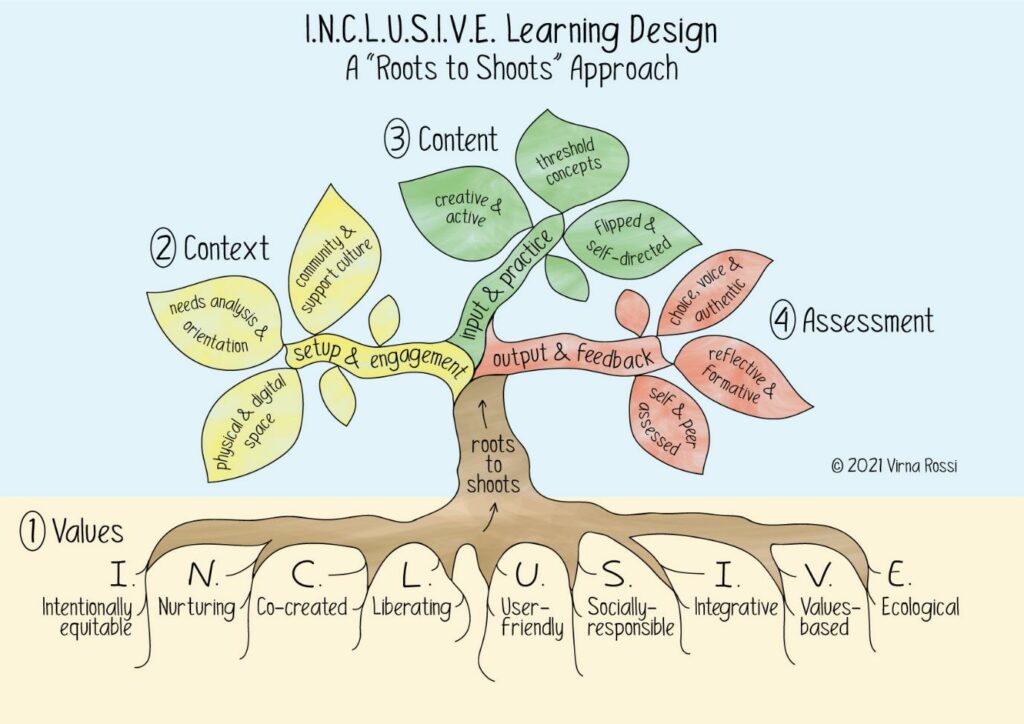How will my interactive learning resource specifically ensure that the needs of all learners can be met?
According to an inclusive learning design post: “An inclusive design begins with the understanding that every person is a learner, and every learner has the right to pursue excellence and achievement. ” There are many ways we can assure the needs of all learners. First, different levels of difficulty in tasks can be attributed to different groups of people. For people who have little knowledge about a topic, they can start with the least difficult task, as for people who already have previous knowledge, a harder task can be used to measure their learning. For people who have a disability, a separate task can be applied. For example, people who are experiencing blindness. The instructions will be read by the instructor and the reply can be verbal instead of written.
How can you adjust your planned learning activities to meet the needs of your learners if an unexpected event occurs?
There will be separate training provided by instructors for learning activities, for example, the pandemic happens, the employees have to go through new training to ensure their productivity.
Consider the learning environment for your current design. What potential barriers can be reduced or eliminated to provide more pathways for learner success?
Some of the learning resources used in my interactive learning design are from the university databases which have limits for people who are not attending universities or colleges. Well-known news articles can be possible sources for learners as well, however, the validity of these news articles need to be checked.

Reference:
Recent Comments